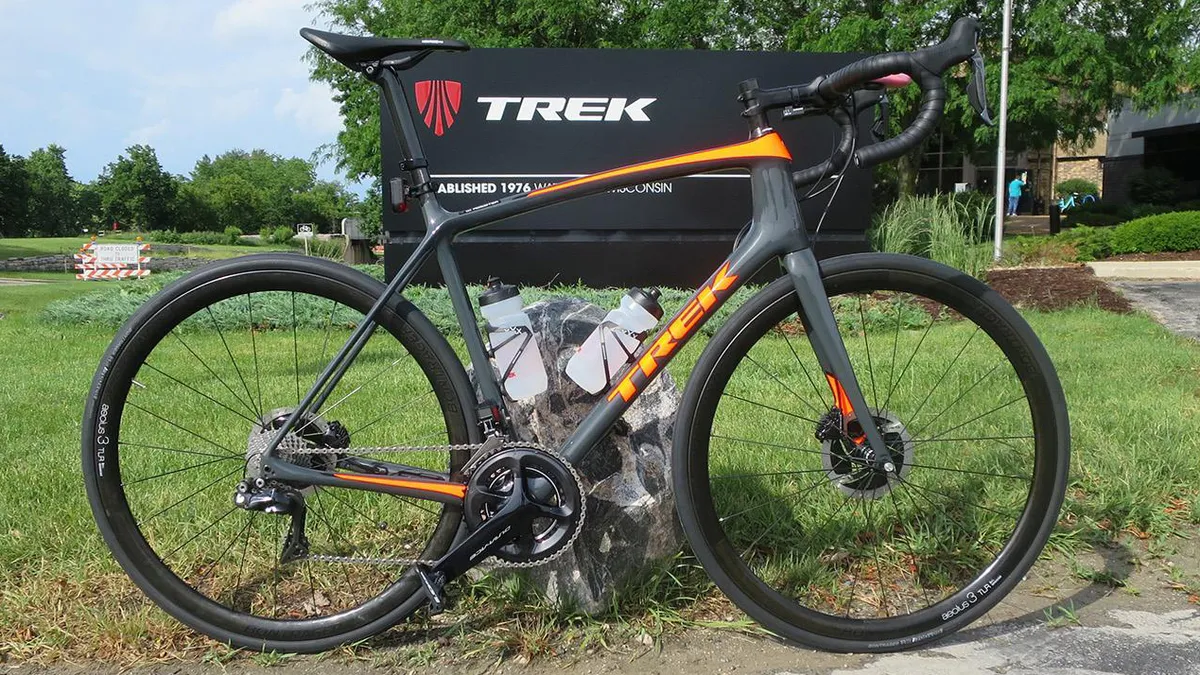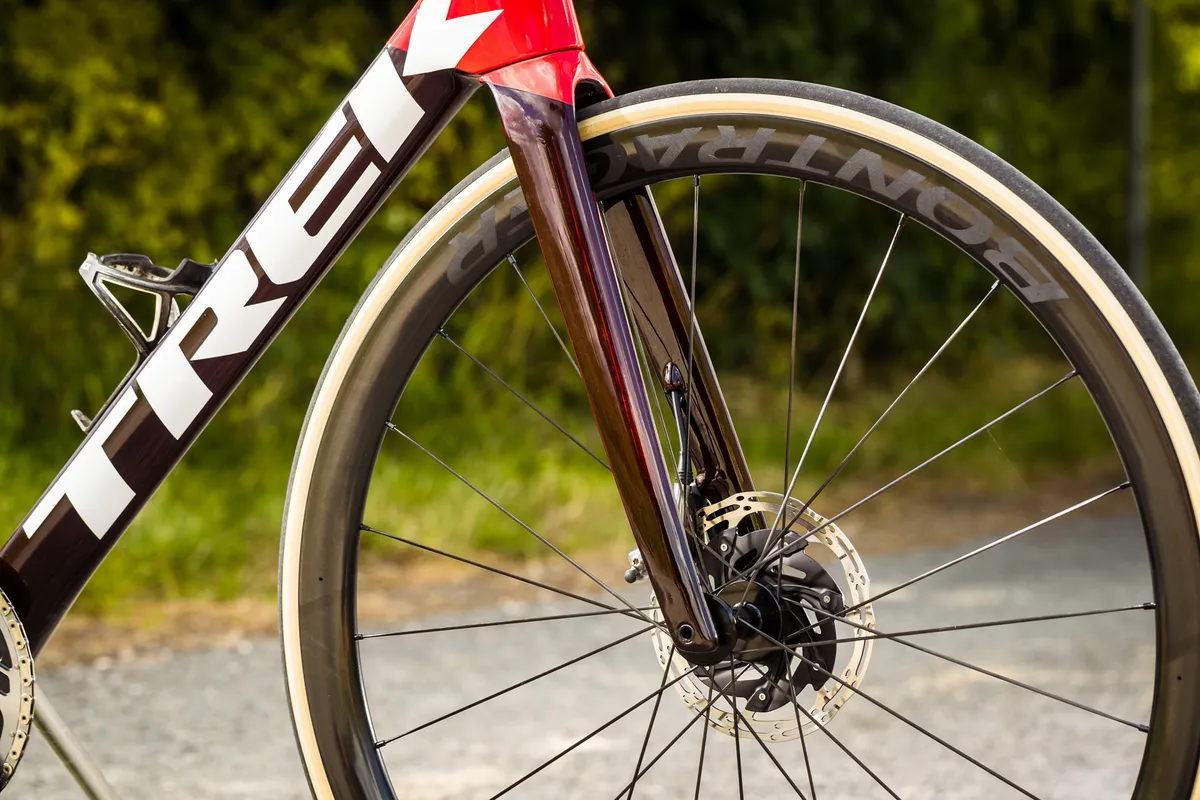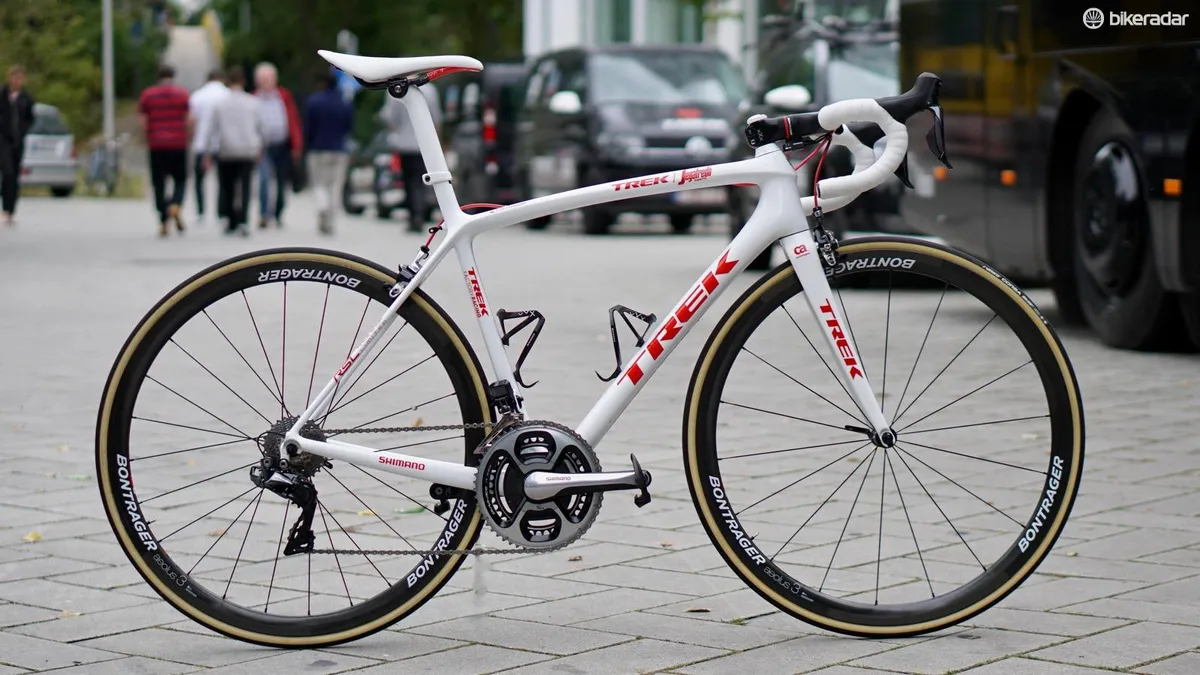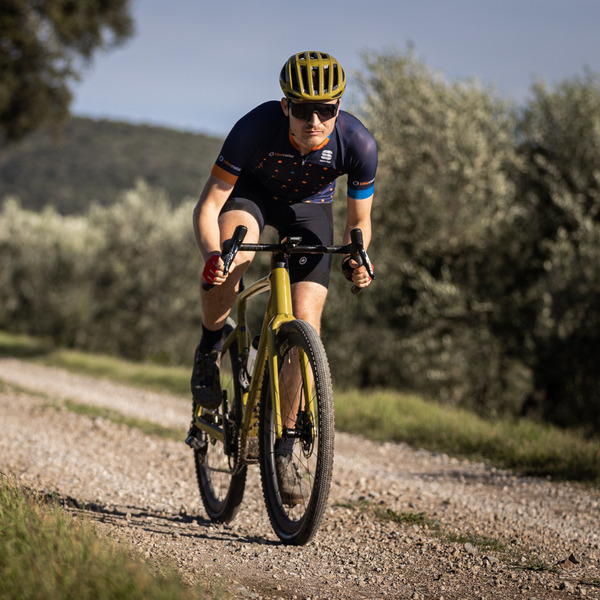In 2024, Trek killed the Émonda, banishing its lightweight climber to the depths of bike oblivion.
Instead, Trek amalgamated its Madone and Émonda platforms into a single model that retains the Madone’s name.
History has repeated itself – Specialized made exactly the same move when it merged the Tarmac and Venge into the Tarmac SL7.
But while the Venge’s axing drew tangible controversy, and calls for its return continue, no such thing has happened with the Émonda.
That’s a real shame, because the Émonda was a key milestone in the history of climbing bikes, a genre with an enduring appeal.
Émonder = French for ‘to prune’

The Émonda launched in 2014 and made headlines with its claimed 690g weight for a painted 56cm frame.
In what Trek described as a 30-month development, the brand’s goal was to build the lightest production road bike on the market that also had the chops to be an elite-level race machine.
Trek succeeded – the frame undercut Cannondale’s SuperSix Evo Black at a claimed 725g – but it’s worth noting there were lighter frames out there, albeit this was the mainstream benchmark.
Although Trek shouted about the novel carbon construction of the new frame, the brand took things to the next level by showcasing everything it could do on the Émonda SLR 10 model.

The Émonda SLR 10 weighed a claimed 4.65kg, and included a serious mix of lightweight exotica – a SRAM Red 22 groupset (the lightest at the time), tubular Tune Skyline wheels with a 90kg rider weight limit, and a dedicated one-piece Bontrager XXX integrated cockpit.
OK, I’ll admit the Bontrager Speed Stop direct-mount brakes weren’t at all fun to work on from a mechanic’s perspective, but they undercut the stock SRAM units for weight.
Still, you needed a serious wad of cash for it, because it cost £11,000 – remember this was 2014, when prices were less inflated.

Climbing bikes have always spoken to my soul rather than aggressive aero weapons, and 17-year-old me (bright-eyed and bushy-tailed working at my first bike shop) was truly smitten with this new platform.
I dropped some coin on an Émonda SL 6 (the second-tier frame with Shimano Ultegra 6800) at the start of 2015, and it was my ‘summer bike’ for four years, accompanying me for almost 8,000km of riding – I loved it.
By the time I sold it in 2019 after upgrading to a BMC Teammachine SLR01 Disc, nothing original was left on that bike except for the dashing ‘Viper Red’ frameset.
Refining the recipe

Trek had a second go at the Émonda when version two came along in 2017, with the frame weight chopped down to 640g for a size 56cm with a ‘vapor coat paint’ in the brand’s H1 geometry.
It wasn’t weight savings for the sake of it – Trek also claimed a boost in overall stiffness, as well as vertical compliance and increased tyre clearance.
But that wasn’t the splash – disc brakes had firmly come to the fore, and Trek concurrently launched an Émonda Disc, which tipped the scales at 665g (56cm, also H1 geometry with a ‘vapor coat paint’).
Although the 640g weight claim for the rim brake frame was impressive, the fact that Trek managed to undercut the original Émonda with the new disc brake model was what really stood out.
Naysayers complained that discs were heavy and unnecessary, but Trek coolly proved that was a load of tosh.
It’s a shame Trek didn’t fully showcase this frame on an equivalent model to the original SLR 10.
But the Émonda SLR 9 Disc AXS came in at a claimed 6.21kg in a size 56cm, which is not to be sniffed at considering it wears mostly ‘normal’ components.
A difficult third album

When you’ve gone that light, where do you go next? That was the difficulty Trek faced with the third (and final) generation frame.
Launched in 2020, the third-generation Émonda cast out rim brakes completely and saw a shift from its climbing focus to being an all-round aero-focussed race bike.
This was in keeping with industry trends, where pro riders wanted an all-round race bike to perform well in a broader range of scenarios – and Trek argued the aero benefit of the slippery new tube shapes outweighed sheer light weight.
It was telling that Trek didn’t report a claimed frame weight in the press pack, instead just saying the frame “weighs less than 700g” when unpainted (remember, the claimed weights of the first two generation frames were painted).

Cast your minds back to versions one and two, where weight was everything, and this was a polarising direction to take the Émonda in.
Still, Warren Rossiter reviewed the top-end Trek Émonda SLR 9 eTap, with Jack Luke testing the cheaper Trek Émonda SL 6 Pro and, while both were positive, it’d be fair to say neither was gushing with praise.

I got a taste of the Émonda SL 5 Disc when I rented one on a holiday in northern Portugal, and while I liked it, I wasn’t wowed as I was by the original.
As both Warren and Jack detected, the bike transferred more feedback than I’m accustomed to, particularly at the rear and I didn’t think it climbed as eagerly as its predecessors (but to be fair, the bike came with portly Bontrager wheels).
In my view, this Émonda was a compromise and opened a void left by the second generation’s demise, becoming much closer to the Madone SLR (still in its pre-IsoFlow seat tube hole era). In short, it had a bit of an identity crisis.
Death came a-knockin’

The Grim Reaper came knocking to claim the Émonda’s young soul when Trek decided to axe the platform in 2024 and launch the Madone 8.
In a nutshell, the Madone 8 features redesigned and aero-optimised ‘Full System Foil’ tube shapes with a new carbon layup, and the distinctive IsoFlow hole in the seat tube claimed to increase both aerodynamics and compliance.
Trek claims its latest Madone is practically identical to the seventh-generation bike in terms of aerodynamics (0.1W faster at 35.4kph).

However, remember that this is with the aero-optimised bottle cages and bottles that come supplied with the new bike, which Trek says confers a 3.7W advantage at 45kph compared to standard cages and round bottles.
So, in fact, the frame itself is less aerodynamic than its predecessor.
What was really at the heart of this unceremonious axing, though, was money – as reported by Bicycle Retailer and Industry News earlier that year, Trek president John Burke said the brand wanted to reduce SKUs by 40 per cent by 2026.
The day of the lightweight climbing bike was over – at least for Trek.
- Read more: RIP Émonda – why young riders, new tech and business strategy spelt the end for Trek’s climbing bike
It ain’t over ‘til it’s over

Although for a time, the single all-rounder race bike was a solution favoured by manufacturers, dedicated lightweight climbing bikes are coming back into fashion.
This year alone, we’ve seen the launch of the new Cervélo R5, where the brand has focused on trimming every possible gram – although the claimed frame weight is 657g, which doesn’t even tickle the original Émonda.
Orbea’s Orca and the Factor O2 VAM are other recent examples of a Caweltian genre transformation for climbing bikes.

And, although there was a brief hiatus when Specialized axed the Venge, and the Tarmac SL7 was touted as the one-bike solution for a time, the American brand reneged on that promise and launched the Aethos in 2020 – a pure climber’s bike with a staggeringly light claimed 585g frame weight.
The Aethos continues to be consistently popular among riders – and for good reason because it flies in the face of aerodynamics with its minimalist and slender silhouette.

Time will tell if some of that has been lost with the recently launched Aethos 2, which embraces integration.
It seems remiss of Trek to have axed the Émonda just before this climbing-bike resurgence.
Granted, the importance of aero gains cannot be understated for pro riders, but it’s the nostalgia of the lightweight climbing bike that Trek is missing out on.

Headline-grabbing frame weights are always entertaining, and I miss the elegant, unfussy tube shapes of the first two Émondas.
While I suspect it’s unlikely Trek will bring back the Émonda, precisely because it is trying to rationalise its bike lines, that doesn’t stop this unashamed weight-weenie from mourning its death.
I’m sure I’m not the only person to think we’ve lost what was an undisputed icon of cycling.






